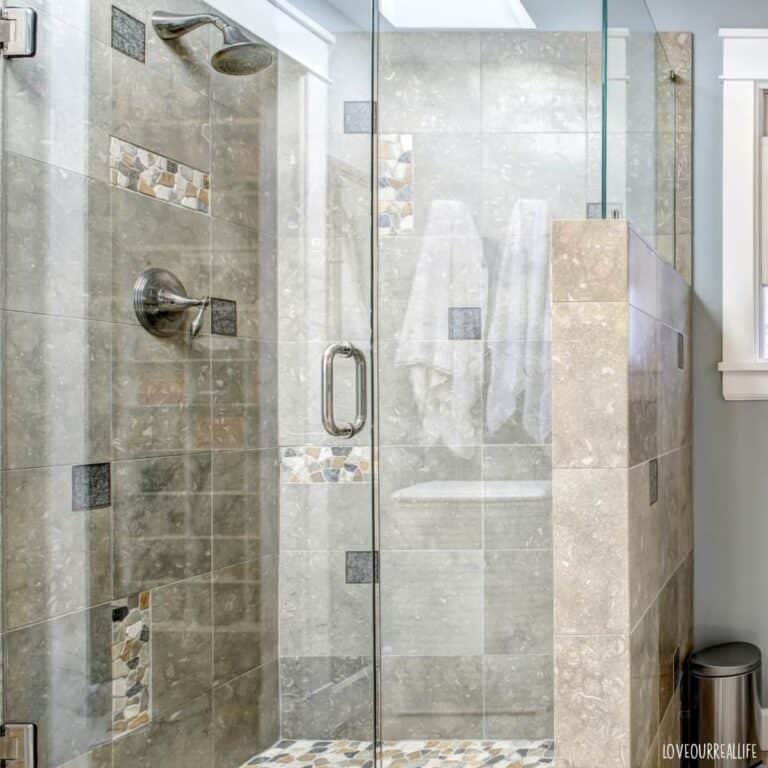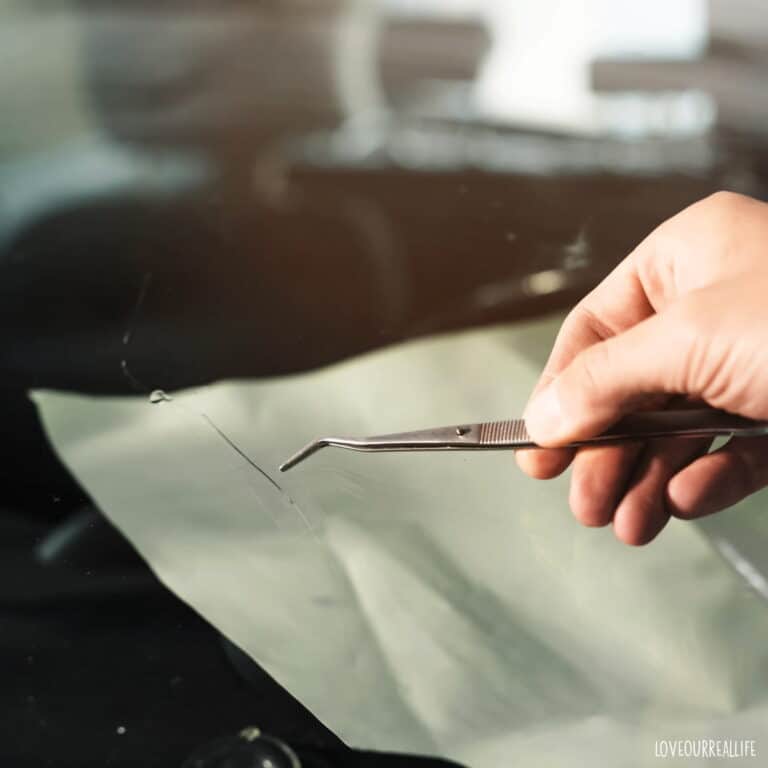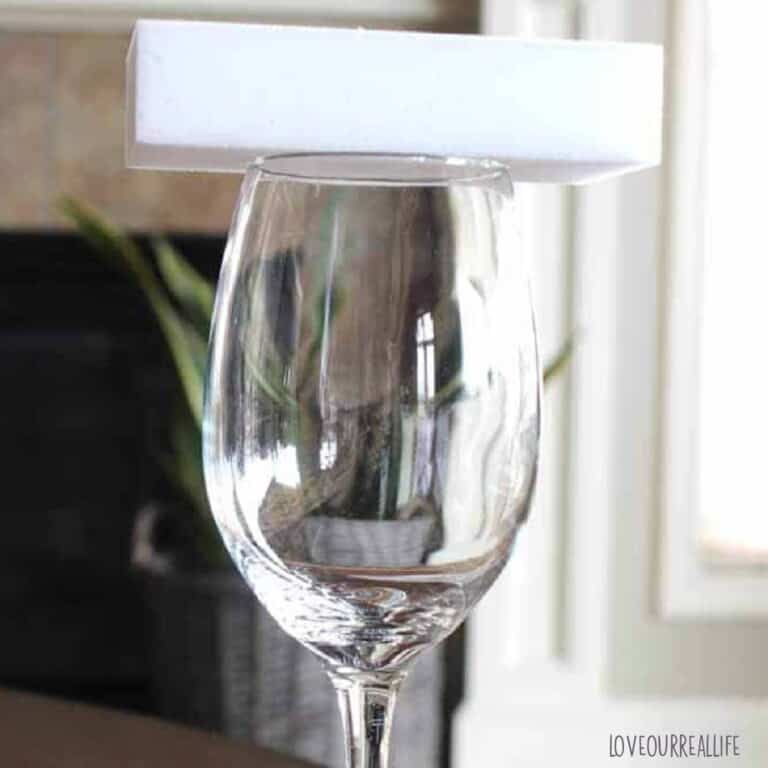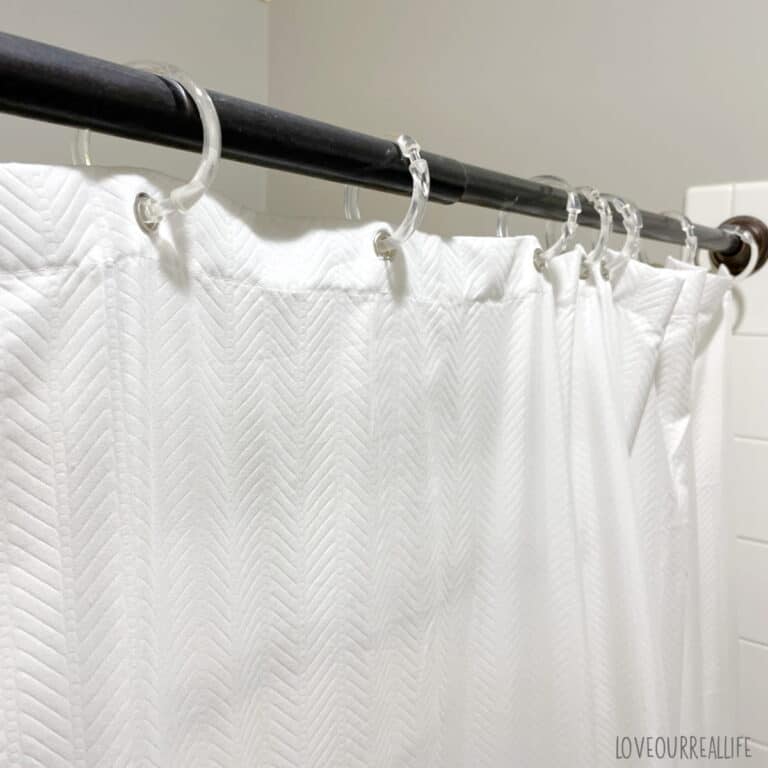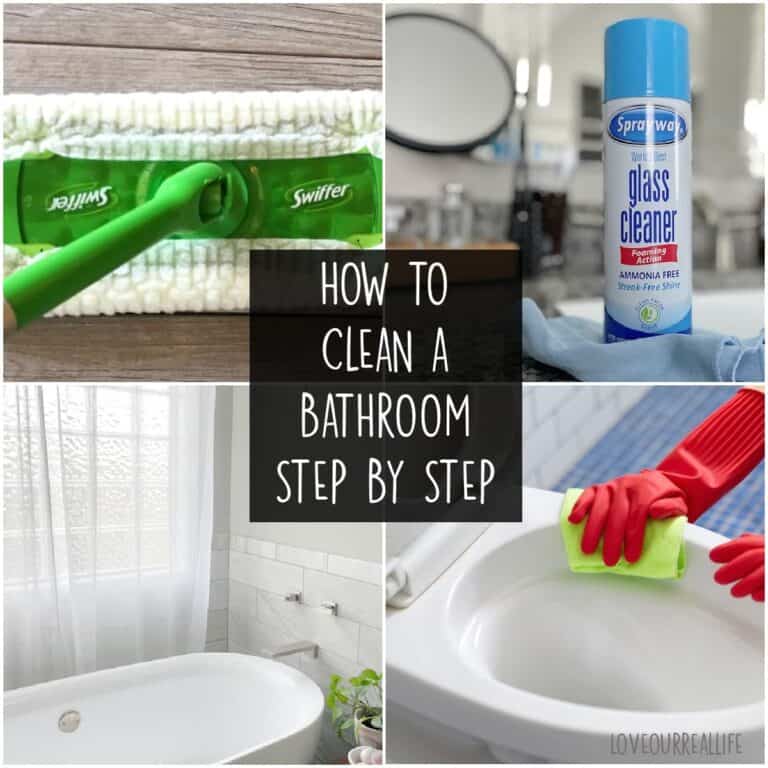How to Unclog and Clean Kitchen Sink Drains
Your kitchen sink drain is clogged, you’ve got standing water, and it’s stinky. You’re not sure what to do. We’ve all been there. The good news is the tips below will get your sink flowing again, get it clean, and get that foul odor out.
There are many ways to unclog a kitchen sink drain, but which way is the best? This article will break down the different methods and help you avoid damaging your kitchen drain lines, hopefully saving you the trouble of calling in a professional plumber.

Get more cleaning tips for the home here.
Check Your Garbage Disposal
First and foremost, if you have a garbage disposal, verify that it is operational and not the source of the sink clogging. If your garbage disposal is grinding or seems to be overheating, these are signs there is an issue.
Food particles, food debris, or some other debris could be trapped in the teeth, or the motor could be failing.
If any of these issues are the case, you will need to take steps to ensure they are addressed.
Note: DO NOT ATTEMPT to clear or repair the disposal with the power on. Make sure the switch and breaker are off.
After clearing the clogged drain, you may need to reset the unit.
Also, a new garbage disposal always comes with a knockout plug installed where the dishwasher hose is meant to attach. The plug is designed to block the port in case you do not have a dishwasher hooked up.
If you ever get a new garbage disposal and it or your dishwasher doesn’t drain, make sure the knockout plug is knocked out. Installers often forget to remove them, causing people to believe their dishwasher is malfunctioning when in actuality, it is just this plug.
RELATED: How to Clean Hard Water Stains on Granite Countertops
Use a Cup Plunger
If the garbage disposal runs, try plunging the drain. Remove excess water, so you don’t splash all over your clothing or the floor.
If you have a dishwasher hose, you may need to clamp it to block the air pressure from escaping that way. The hose will be protruding from the side of the garbage disposal. You clamp it with a pair of hose clamps, but vice grips or a c-clamp will work if those are unavailable.

Pour Boiling Water Down the Drain
If plunging doesn’t do the trick, there are a few safe and natural ways you can try before moving to harsh or caustic chemical cleaners. Boiling water is the easiest; it doesn’t require going out to buy any additional supplies.
However, note that this method should only be used for metal pipes, not PVC pipes. Boiling water can damage PVC drain pipes or their seals.
If you have a slow drain, this, or the vinegar method (more on this below) should be sufficient. Remove standing water and pour the boiling water into the drain. Repeat a second time if necessary.
Note: Salt and boiling water are purported to work better than plain boiling water, so if the boiling water doesn’t work after the first few tries, add salt to the mix. A half of a cup of baking soda and a half of a cup of salt with boiling water is another solution people suggest.
Add a Baking Soda and Vinegar Solution Down the Drain
Baking soda and vinegar is an excellent solution for many kitchen issues; it is great for cleaning your stovetop, oven, stainless steel sink, and microwave. It can help with nasty smells and unpleasant odors, and it also can help unclog your kitchen sink drain.
A cup of white vinegar and anywhere from a quarter cup to a full cup of baking soda will work; there is no magic formula.
Dump the baking soda down the drain and follow with the cup of vinegar. If you can cap it off, that will help. Then, wait 15 minutes and run hot water down to clear the clog.
Note: If you don’t have vinegar, you can try substituting lemon juice.
Chemical Drain Cleaners and Enzymes
If the natural way doesn’t do it for you, or you don’t want to even try, there is no shortage of caustic chemicals chemicals and enzymes on the market.
However, most of these options require the use of rubber gloves and can be harsh on plumbing. Be especially aware of the effects on certain types of pipes and septic systems.
You may need to add bacteria to your septic system after using chemicals or possibly avoid certain products altogether.
Read the labels before you opt into these options. Use precaution for you and your home’s health as well as to avoid further plumbing problems.
Use a Drain Snake or Auger
These tools can be quintessential for a sink clog in your home. Kitchen sink drains, bathroom sink drains, shower drains, etc. They are fairly simple to use, and there are inexpensive options for purchasing.
Most have a handle that, as rotated in a circular motion, extends a large wire or coil.
This metal coil enters the drain and hopefully frees any grease, food residue, soap scum, or other material causing your clog.
A coat hanger can be used if you don’t have a plumbing snake or auger or don’t feel like purchasing one. It won’t have the same length, but it’s worth a try.
Check the P-Trap
If the above solutions don’t work, the clog may be stuck in your sink’s p-trap. This may require you to remove this section of your plumbing to physically clear it.
The p-trap is exactly what it sounds like. A small, curved pipe, shaped like a short J, underneath the sink.
It is directly under the straight pipe that extends downwards out of the sink. The p-trap will be after the garbage disposal if you have one.
It should disconnect simply by loosening the lock rings on both sides. Remove it and clear it out. Be ready for water to pour when you remove it!
If All Else Fails, Call a Plumber
If you’ve exhausted your options, have really tough clogs, or just don’t feel like dealing with it, a professional will be more than glad to assist you. Clogged drains are one of the most common jobs for a plumber, and there are companies that specialize in them.
In Summary
Clogged drains can seem like a daunting task with smelly odors and stagnant water —especially with newer plumbing.
Don’t get overwhelmed and take it step by step. Most clogged drains can be taken care of relatively quickly. As long as you follow the above tips, you should not have an issue with damaging your pipes.
